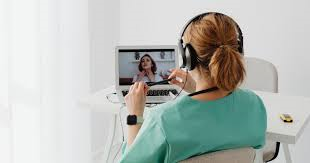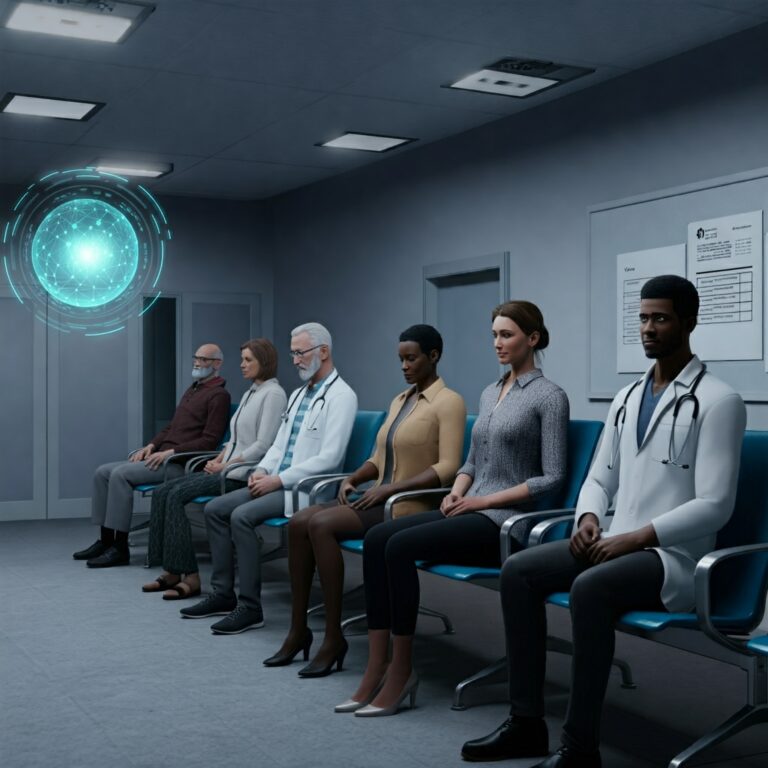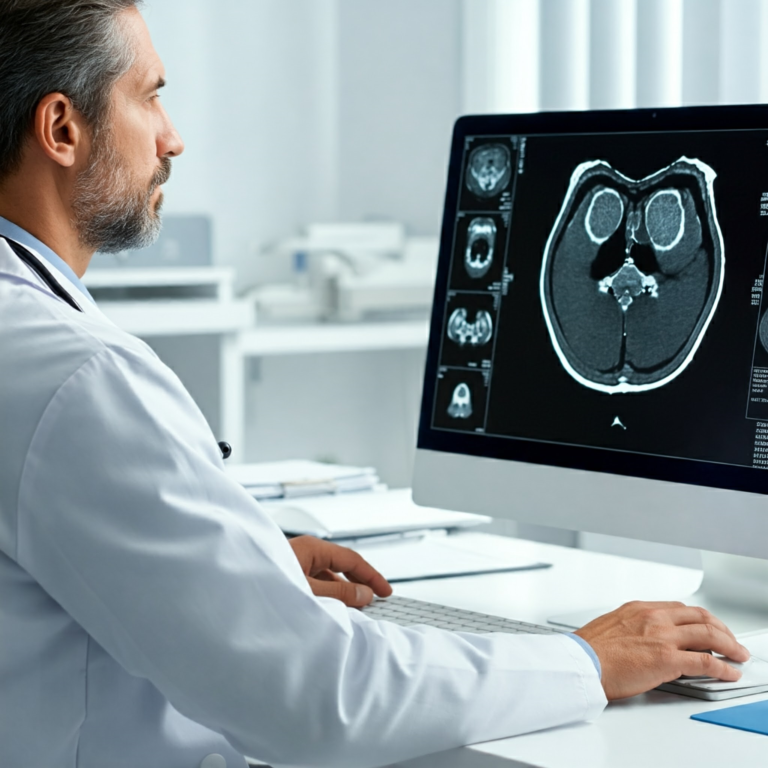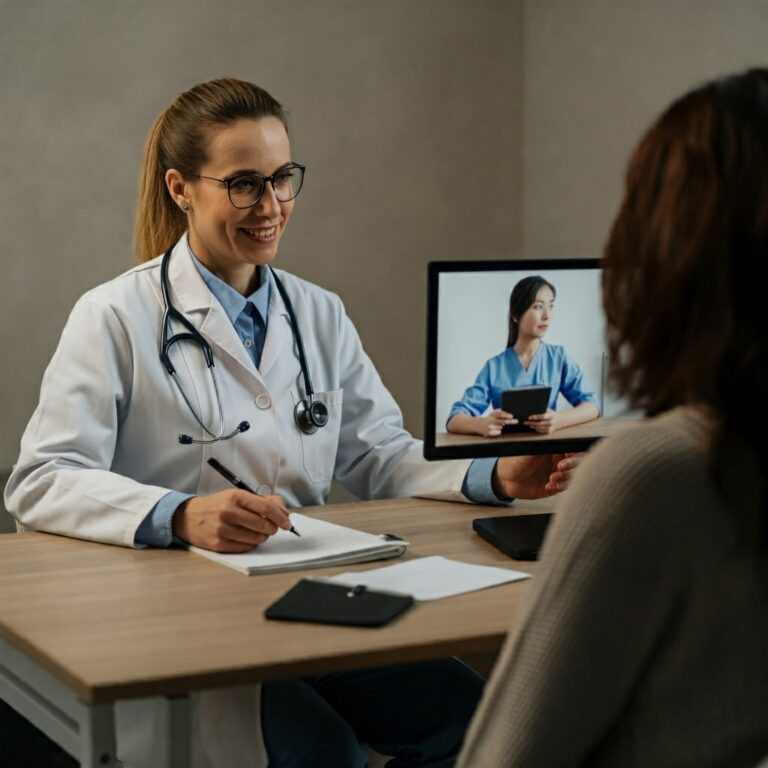RPM: Is Telemedicine Finally Ready to Disrupt Healthcare?
The healthcare landscape is undergoing a seismic shift, driven by technological advancements and evolving patient expectations. Telemedicine, once a niche concept, has emerged as a powerful force, transforming how healthcare is delivered and accessed. While video conferencing and virtual consultations have been the initial focus, Remote Patient Monitoring (RPM) is now taking center stage, poised to revolutionize the industry and potentially disrupt traditional care models. This article explores the burgeoning telemedicine sector, the transformative impact of RPM, and analyzes whether this technology truly holds the key to disrupting healthcare as we know it.
Telemedicine: A Sector Overview
Telemedicine encompasses a broad range of technologies and services that deliver healthcare remotely. From virtual consultations and remote diagnosis to patient education and medication management, telemedicine offers a powerful alternative to traditional in-person care. The sector’s growth has been fueled by several factors:
- Increased Accessibility: Telemedicine breaks down geographical barriers, enabling patients in remote or underserved areas to access specialist care they might otherwise be unable to obtain.
- Cost-Effectiveness: Virtual consultations are often less expensive than traditional office visits, reducing the financial burden on patients and healthcare systems.
- Convenience and Flexibility: Telemedicine offers patients greater convenience and flexibility, allowing them to access care from the comfort of their homes at times that suit their schedules.
- Technological Advancements: Rapid advancements in mobile technology, wearables, and data analytics have paved the way for more sophisticated and effective telemedicine solutions.
- The Pandemic Effect: The COVID-19 pandemic dramatically accelerated the adoption of telemedicine, demonstrating its viability and effectiveness in managing healthcare during a crisis.
RPM: Reshaping the Telemedicine Landscape
While telemedicine encompasses various modalities, RPM represents a significant leap forward. RPM utilizes technology to collect and transmit physiological data from patients remotely, enabling healthcare providers to monitor their health status in real-time. This continuous monitoring allows for proactive interventions, early detection of potential health issues, and personalized care management. RPM typically involves the use of wearable sensors, connected medical devices, and sophisticated software platforms that analyze data and provide actionable insights.
How RPM Impacts the Telemedicine Sector:
- Shifting from Reactive to Proactive Care: RPM empowers healthcare providers to shift from a reactive, episodic care model to a proactive, continuous care approach. By monitoring patients remotely, clinicians can identify early warning signs of deterioration and intervene before conditions escalate, potentially preventing hospitalizations and improving patient outcomes.
- Chronic Disease Management: RPM is particularly effective in managing chronic conditions such as diabetes, hypertension, and heart failure. Continuous monitoring of vital signs and other relevant data allows for timely adjustments to medication, lifestyle recommendations, and other interventions, leading to better disease control and improved quality of life.
- Reducing Hospital Readmissions: By providing continuous monitoring and support after discharge, RPM can significantly reduce hospital readmissions, a major cost driver for healthcare systems.
- Empowering Patients: RPM equips patients with real-time data and insights into their health, promoting greater self-awareness and engagement in their care. This empowers patients to take a more active role in managing their health and making informed decisions.
Key Trends in the RPM Market:
- Integration with AI and Machine Learning: The integration of artificial intelligence (AI) and machine learning (ML) is enhancing RPM capabilities, enabling more accurate data analysis, predictive modeling, and personalized interventions.
- Expansion of Device Ecosystem: The range of connected devices used in RPM is expanding rapidly, including wearables, implantable sensors, and smart home technologies. This creates a richer data set and allows for more comprehensive monitoring.
- Focus on Data Security and Privacy: As the volume of patient data collected through RPM grows, ensuring data security and privacy is becoming increasingly critical.
- Growing Adoption in Various Healthcare Settings: RPM is gaining traction across various healthcare settings, including hospitals, clinics, home healthcare agencies, and senior living facilities.
Key Statistics:
- The global RPM market is projected to reach $XXX billion by YYYY (cite a credible source).
- The number of patients using RPM devices is expected to grow at a CAGR of XX% from YYYY to YYYY (cite a credible source).
- RPM has been shown to reduce hospital readmissions by XX% (cite a credible source).
Recent Market News:
- [Include a brief summary of a recent news article related to RPM, mergers, acquisitions, FDA approvals, etc.]
- [Include another recent news article summary.]
Summary: Is Telemedicine Finally Ready to Disrupt Healthcare?
The convergence of technological advancements, evolving patient expectations, and the growing need for more efficient and accessible healthcare has created the perfect storm for telemedicine’s rise. Within this landscape, RPM emerges as a particularly disruptive force, offering the potential to transform how we manage chronic conditions, deliver post-acute care, and engage patients in their own health. While challenges remain, including regulatory hurdles, reimbursement issues, and concerns about data security, the momentum behind RPM is undeniable. As technology continues to evolve and adoption rates increase, RPM is poised to play a pivotal role in shaping the future of healthcare, moving us towards a more proactive, patient-centered, and ultimately, more effective model of care. The question is not if telemedicine, powered by RPM, will disrupt healthcare, but how quickly and how profoundly this transformation will unfold. The evidence suggests that the future of healthcare is increasingly remote, and RPM is at the forefront of this exciting evolution.
















